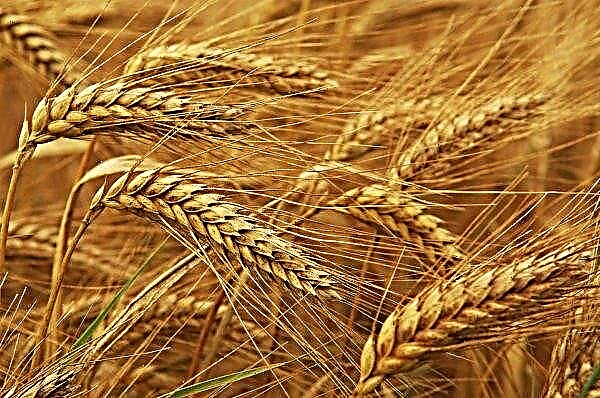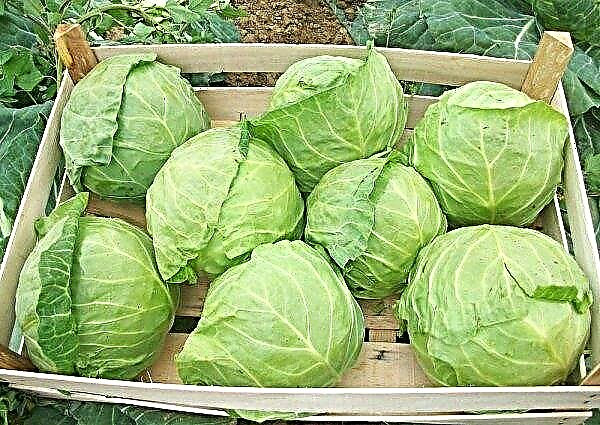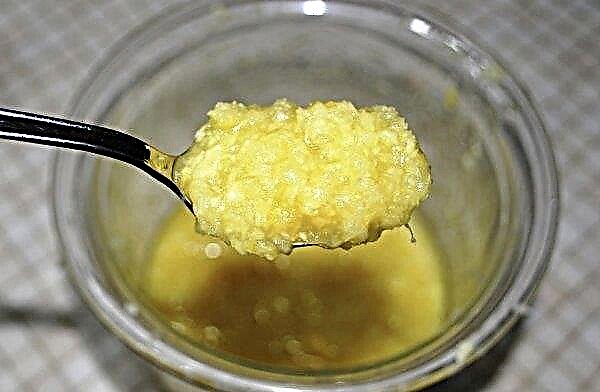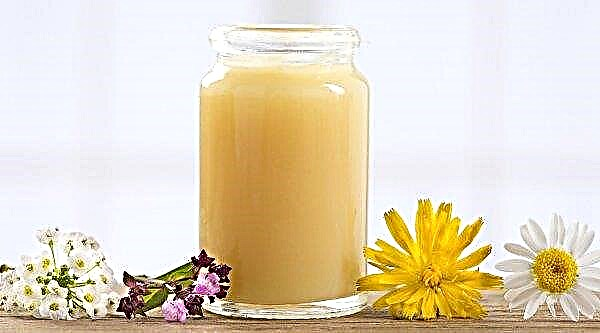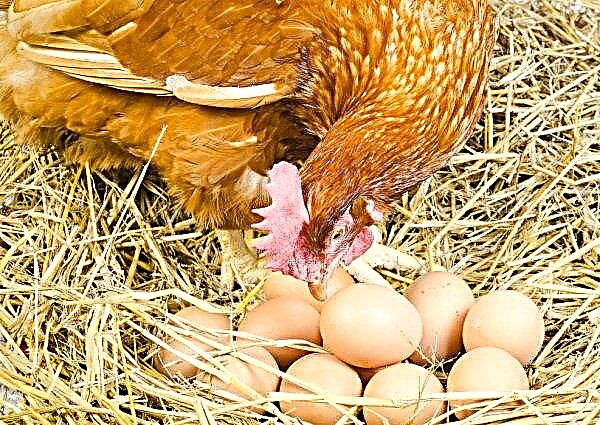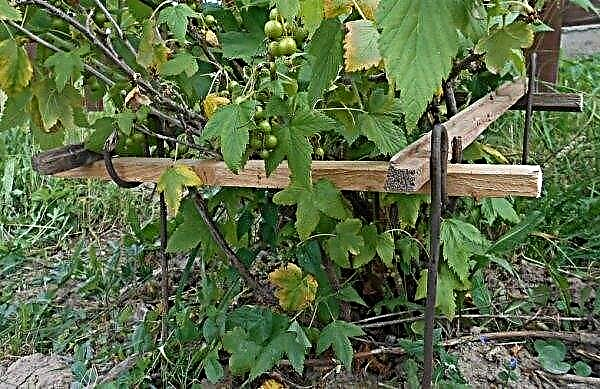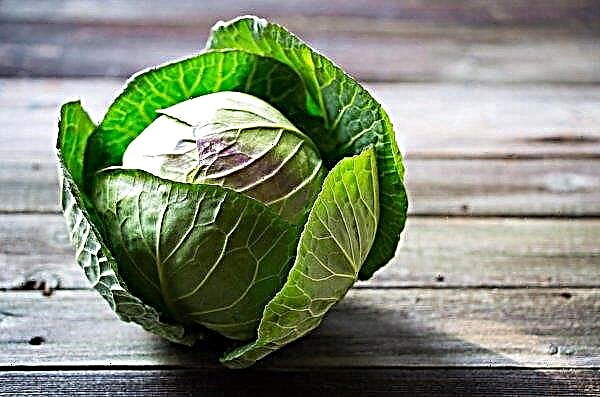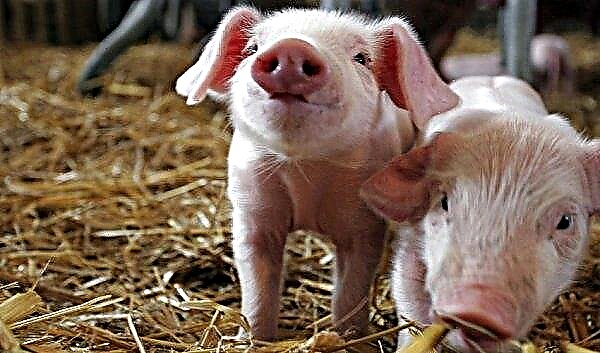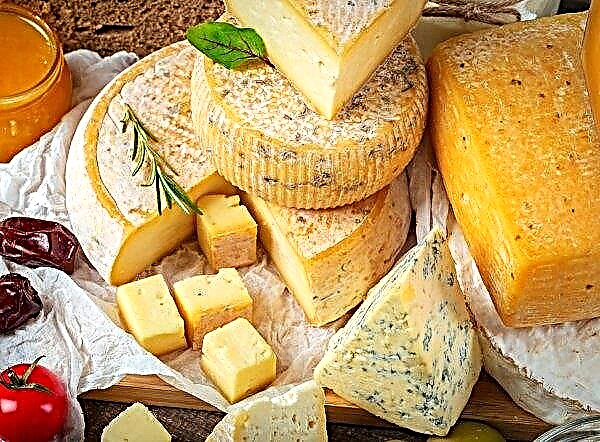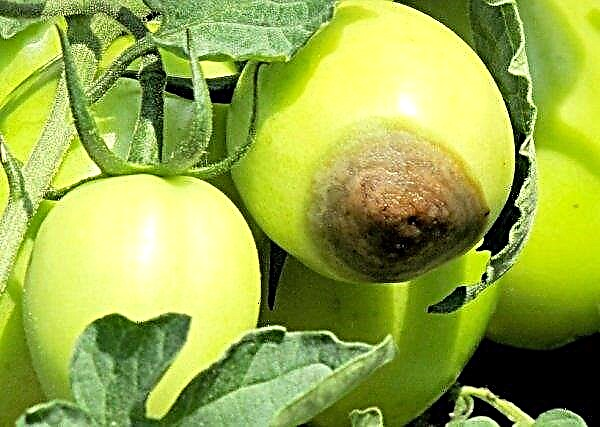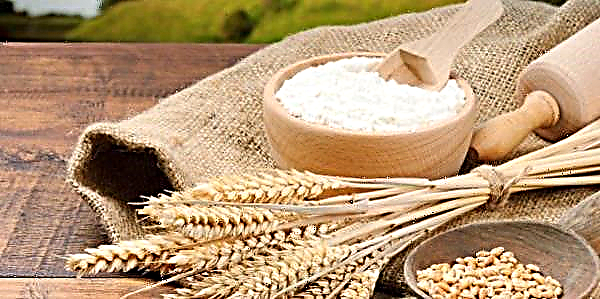Man domesticated chickens not only for economic purposes. Historically, there are also such directions as the breeding of fighting and decorative breeds. The latter, as evidenced by their name, were bred to decorate the courtyards of the nobility, as well as for religious rites. Particular attention in decorative kuvodstvo has always been given to the appearance of birds and, to a much lesser extent, their productivity. However, among such varieties there are good layers. In this article, we will discuss exactly such birds - hens of the Bentham breed.
History reference
The ancestors of bentamoks are wild dwarf chickens, which, according to one version, were domesticated in ancient Japan to decorate the famous landscape gardens. Some researchers put forward another hypothesis: in their opinion, the breed was bred in India for cockfights. Indonesia and Turkey also challenge the right to be called the homeland of these birds.
One way or another, references to this breed are found in the "Natural History" of Pliny the Elder, one of the first encyclopedias of the Ancient World. In the Russian Empire, bentamoks were called “kings” because of the colorful “royal” plumage. In 1774, a guide for poultry farmers was published - The Bird's Yard, which also describes bentamics.
Did you know? One of the most unusual sights of the island of Java is Gereja Ayam - an abandoned temple built in the form of chicken. Despite the fact that this church is not an ancient building and dates from the 80s of the last century, it attracts many tourists and photographers.
Varieties
It is not easy to give an unambiguous and clear description of the appearance of this breed, because in the world there are more than 15 types of bentamok.
We can only say that for all representatives such external signs are characteristic:
- compact sizes. The average weight of chickens is 550 grams, roosters - up to 1 kg);
- bright color - from black to red, gold and silver.
During the selection, more and more new species appear, but the following are referred to the most famous:
- Japanese hens Shabo, the original pronunciation is Chabo. Their distinctive feature is a funny mismatch between long, wide wings, a large tail and small minced legs.
- Beijing - a kind of reduced copy of the kokhinkhins, the same soft, fluffy, with short shaggy legs.
- Nanking - their bright yellow plumage looks beautiful in contrast to the charcoal-black breast and tail.
- Feathers - Most often a white shade with a dense plumage on the legs.
- Dutch - stand out for their white tuft contrasting with black feathers. The dimensions are slightly larger than the rest of the bentamok.
- Padua - similar to the Dutch, but a little larger, with a large crest.
- Chintz - in their plumage three colors are combined: brown, white and black; in males, the black tail casts greenery.
- Altai and Barnaul - have a dense multi-color plumage, very active, hardy and frost-resistant.
- Hamburg - white and black shades prevail in their plumage. This is the most egg-laying variety of bentamok, laying up to 180 eggs per year.
- Malaysian Serama - It is famous among poultry farmers for its shape: the vertical arrangement of the body, the curved neck and tail lifted perpendicular to the body.
- Phoenix - known for its magnificent tail, to preserve which birds are kept intact in special cages with a tail holder.
- Seabright - are famous for their beautiful golden or silver plumage, at the same time they are extremely susceptible to infections and infertile.
- Danish - one of the smallest breeds, with a curved body and long, low-set wings; It is popular among beginner poultry farmers, especially in the countries of Scandinavia, due to its unpretentiousness and endurance.













Maintenance and care
Regardless of the variety, benthos are undoubtedly very beautiful birds and are perfect for breeding in a private household. These chickens are excellent hens, and their meat is tender and tasty. They are quite unpretentious, but due to their miniature and character traits, there are certain subtleties in their content.
Chicken coop
Bentamok is kept in spacious 2x2 m poultry houses with an insulated floor (wooden or bituminous-crushed stone). European species tolerate cold well, eastern species are more sensitive to temperature, which should not fall below 15 ° С.
The ideal litter is sprouts of barley malt (due to the sweet taste), but straw, sawdust, and peat are also suitable. A mesh floor for this breed is strongly discouraged, as birds can damage their legs.
For subspecies with lavish plumage on the legs, the litter should be loosened more often and changed at least once a week, as the feathers are very dirty. In the chicken coop you need to carry out regular cleaning and disinfection.
Birds do not like dampness, they also need a constant influx of fresh air, so you need to take care of ventilation. Nests and perches need to be positioned lower due to the short-legged bentamok. Males of this breed are quite aggressive in nature, especially in a mixed herd, therefore it is better to keep these chickens separately from their larger relatives. To increase egg production, daylight hours are maintained 14 hours a day using fluorescent lamps.
To increase egg production, daylight hours are maintained 14 hours a day using fluorescent lamps.
Important! Because of their lavish plumage, Bentham hens are susceptible to attack by lice. To protect against parasites, it is recommended to put a box of ash and sand in the chicken coop, in which the bird will clean the feathers.
Walking patio
Bentam women like being free-range, pinching grass and eating small insects, so in the summer they should be kept in the yard, in a fenced aviary 2x3 m. The height of the aviary should not be less than 2.5 meters, as this breed of chickens is quite capable of flying over a low fence .
One half of the walking platform is occupied by a meadow with planted cereals, and the second is a section with sand. Perches and nests are arranged under a canopy to protect from bad weather.
Feeding troughs and drinking bowls
For dry food, wooden feeders are used, for wet - metal. Since the beak of bentamens is smaller than that of ordinary chickens, the depth of the feeders and drinking bowls should be reduced, and the stands for them should also be reduced in accordance with the dimensions of the birds. You can use automatic feeders, based on the weight of the chicken.
Seasonal molt
Bentamki, like other breeds, undergo autumn feather changes. The only nuance is the fact that some subspecies, for example, Japanese chickens, lack juvenile molting (replacing the chicken cannon with an adult feather cover).
Herd replacement planned
After 3-4 years, benthos begin to lose their productivity, so after a while it is recommended to update the herd. However, since this breed belongs to the decorative and is not used in industrial poultry farming, there are no strict replacement dates.
What to feed
Due to the small size of the stomach, bentamiki eat much less than their large relatives, only 60-80 grams per day. You can not overfeed them, otherwise there is a risk of obesity, egg production decreases, meat qualities deteriorate.
Important! Light weight also affects the accelerated rate of metabolism, and therefore benthos are more sensitive to poor-quality feed.
Chickens
Newborn chickens need to be fed every two hours, and after a week - every four, gradually switching to three meals a day. The first food is a boiled egg mixed with cottage cheese, then steamed millet, wheat grains, starting compound feeds, as well as chopped greens are introduced. To get enough protein, a little minced meat is added to the diet.
To get enough protein, a little minced meat is added to the diet.
Did you know? Bentamok has a very developed maternal instinct. They will not refuse to plant not only eggs of other chicken breeds, but also peacocks, quail, pheasants.
Adult flock
Adult birds feed mainly on grain, as well as on green grass, grated vegetables (potatoes, carrots, beets), meat and bone meal, fish waste, and bran. In winter, it is worth adding special vitamins or independently prepared herbal flour to the diet.
Food should be given at regular intervals to facilitate digestion. Clean water and gravel pebbles should be available at all times to improve digestion.
Bentham Chicken is an ancient breed widely distributed throughout the world. She has many subspecies, which are characterized by a wide variety of colors. Bentamki are not only very beautiful and able to decorate the compound, many of them have high egg production.
In order to maintain the productivity of chickens at a good level and prevent the deterioration of the exterior, you need to follow the simple rules of their maintenance, the main of which are heat, dryness, a small amount of high-quality feed.

